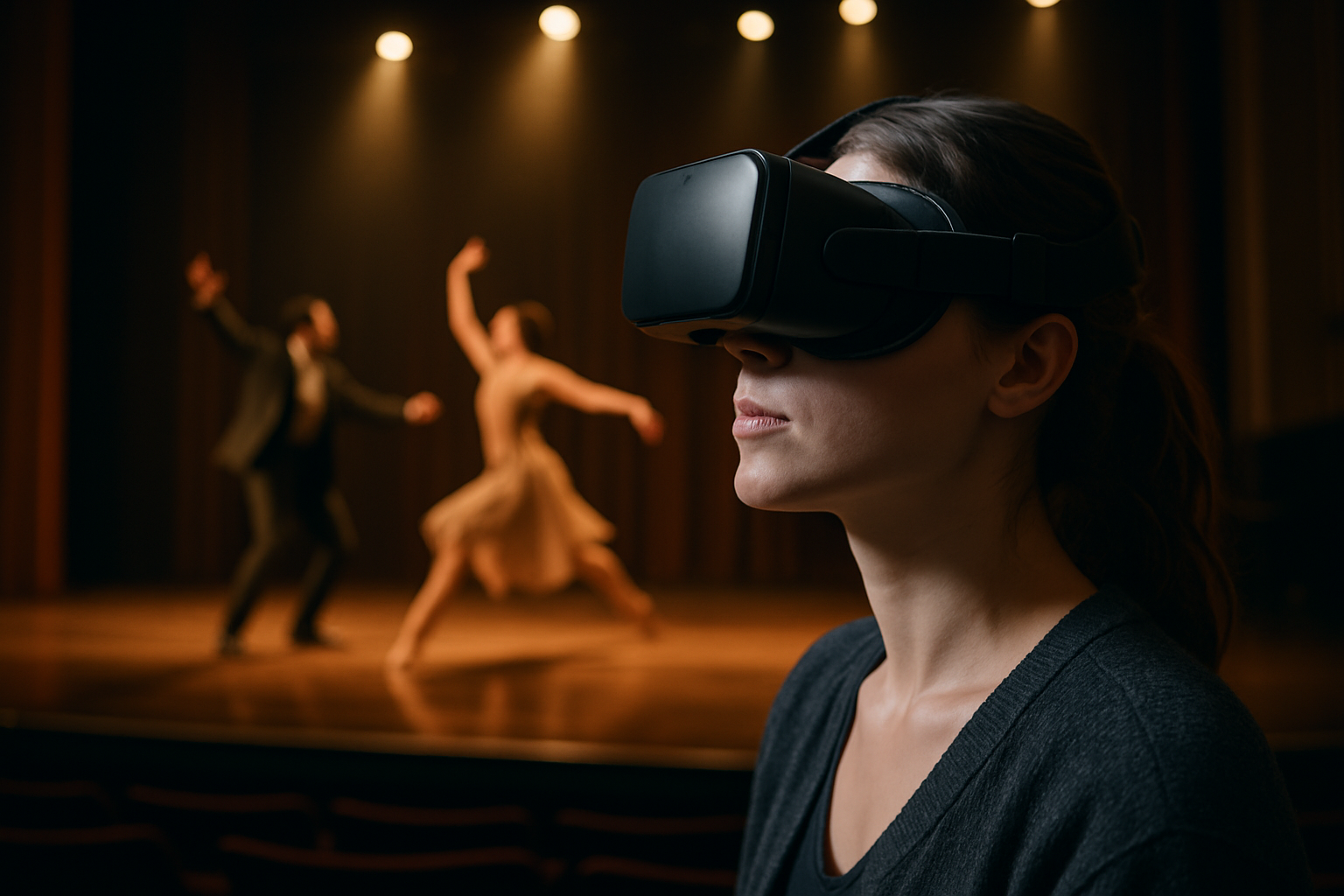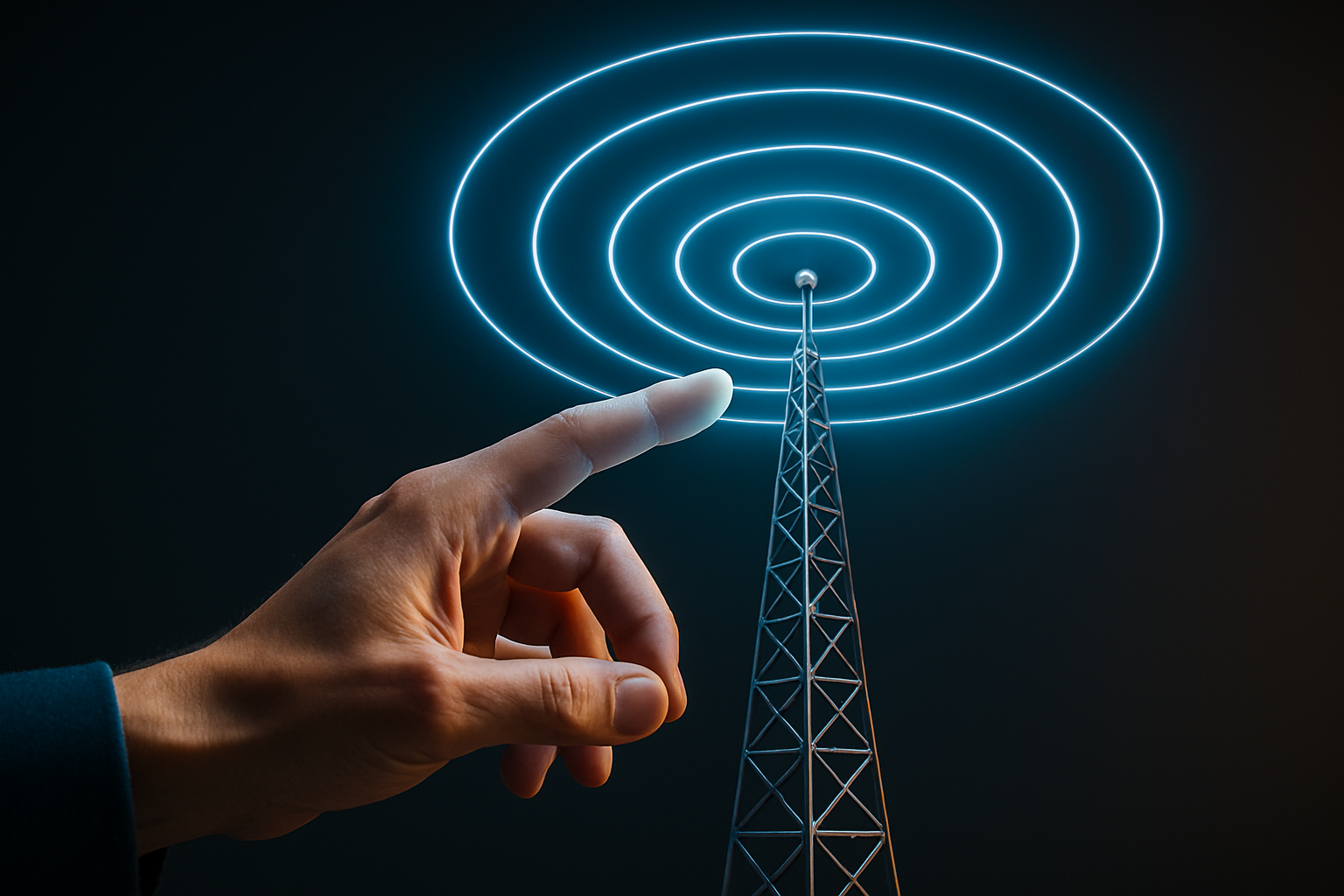"Redefining Reality: The Surge of Virtual Reality in Performing Arts"
In the ever-evolving landscape of the arts and entertainment industry, one trend has been making waves: the integration of Virtual Reality (VR) in performing arts. This article delves into the historical context, current developments, and the transformative impact of this technological innovation on the world of performing arts.

A Glimpse into the Past: The Birth of Virtual Reality
Virtual Reality, a concept that seemed like science fiction a few decades ago, has its roots in the 1960s. The first VR headset, known as the “Sword of Damocles” due to its intimidating appearance, was developed by Ivan Sutherland and his student Bob Sproull. However, it wasn’t until the 1990s that VR started to gain mainstream attention, with companies like Sega and Nintendo dabbling in VR gaming.
The Intersection of VR and Performing Arts
Fast forward to the 21st century, and VR has found a new playground: the performing arts. From theater productions to dance performances, artists are increasingly using VR to create immersive experiences that push the boundaries of traditional storytelling. For instance, the Royal Shakespeare Company collaborated with digital agency Magic Leap in 2018 to create a mixed reality experience of “The Seven Ages of Man” speech from “As You Like It.”
The Present Scenario: VR in Performing Arts Today
Today, VR in performing arts is more than just a novelty—it’s a tool for artistic expression and audience engagement. Amid the COVID-19 pandemic, when theaters worldwide were forced to close their doors, VR emerged as a lifeline, allowing performances to continue in the virtual realm. Companies like Obsidian Theatre and Creation Theatre have been pioneering in this space, offering VR performances that viewers can enjoy from the safety of their homes.
The Impact and Reception of VR in Performing Arts
The integration of VR in performing arts has been met with both excitement and skepticism. On one hand, it offers unprecedented possibilities for immersive storytelling, allowing audiences to step into the world of the performance. On the other hand, critics argue that it could lead to the loss of the communal experience that is integral to performing arts. Despite these debates, one thing is clear: VR is reshaping the performing arts landscape, challenging artists and audiences to redefine their understanding of reality.
The Future of VR in Performing Arts
As we look to the future, it’s evident that VR will continue to play a significant role in the performing arts. With advancements in technology, we can expect even more immersive and interactive VR experiences. However, as with any innovation, it will be crucial to strike a balance—ensuring that VR enhances, rather than replaces, the magic of live performance.
In conclusion, the integration of Virtual Reality in performing arts is a testament to the industry’s adaptability and creativity. As we navigate this new frontier, it’s exciting to imagine the possibilities that lie ahead.





